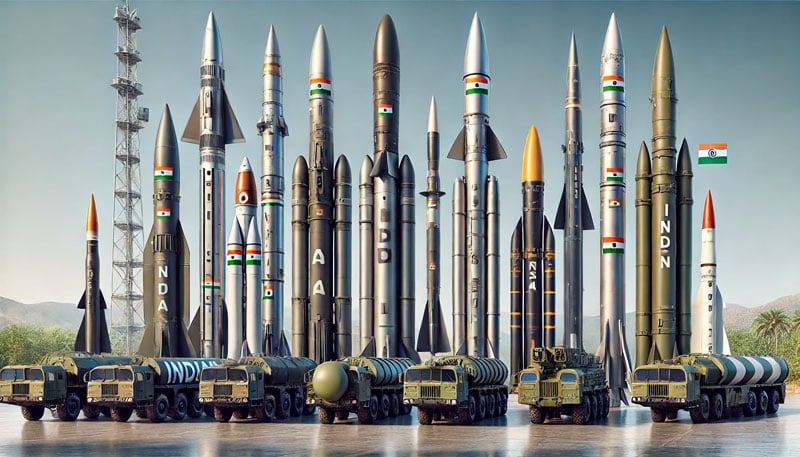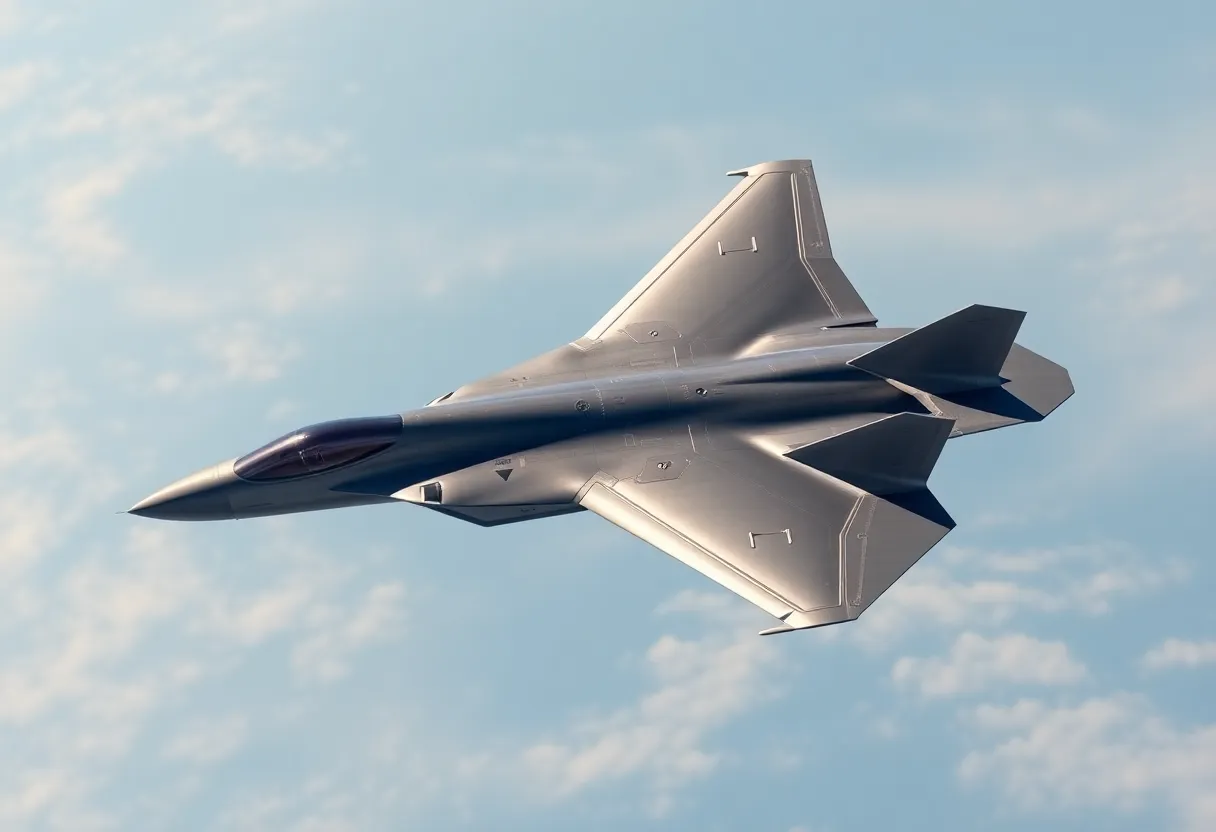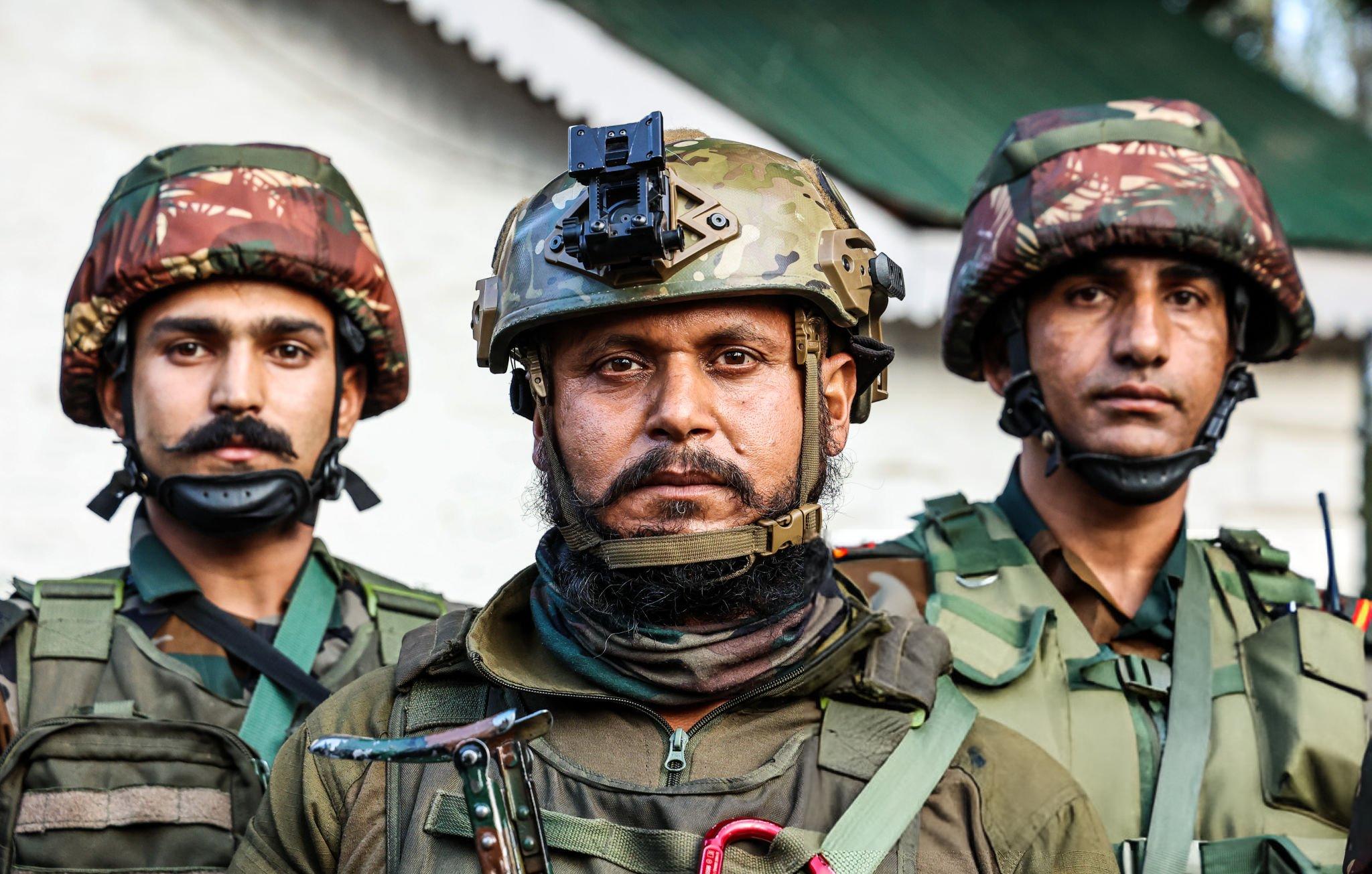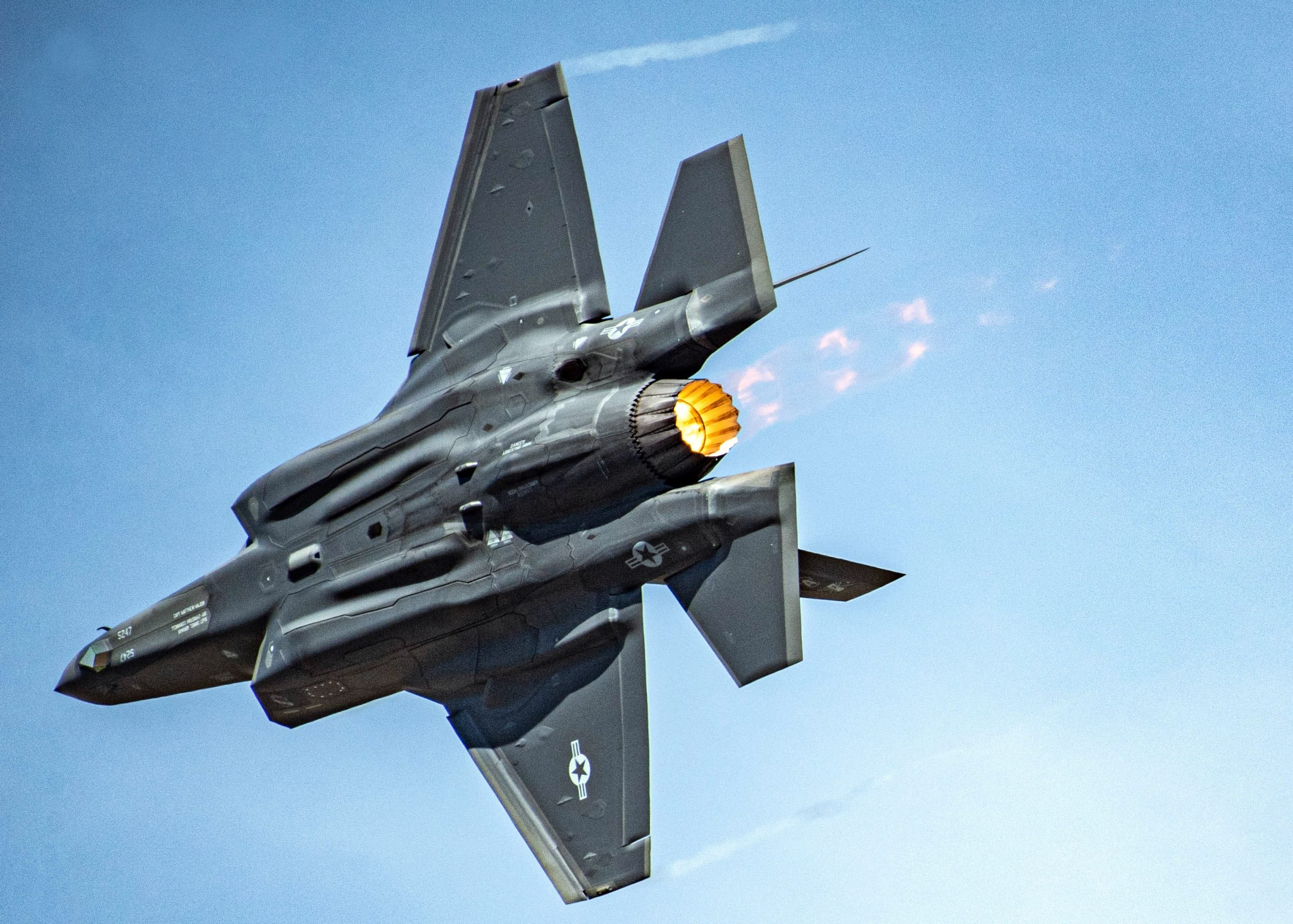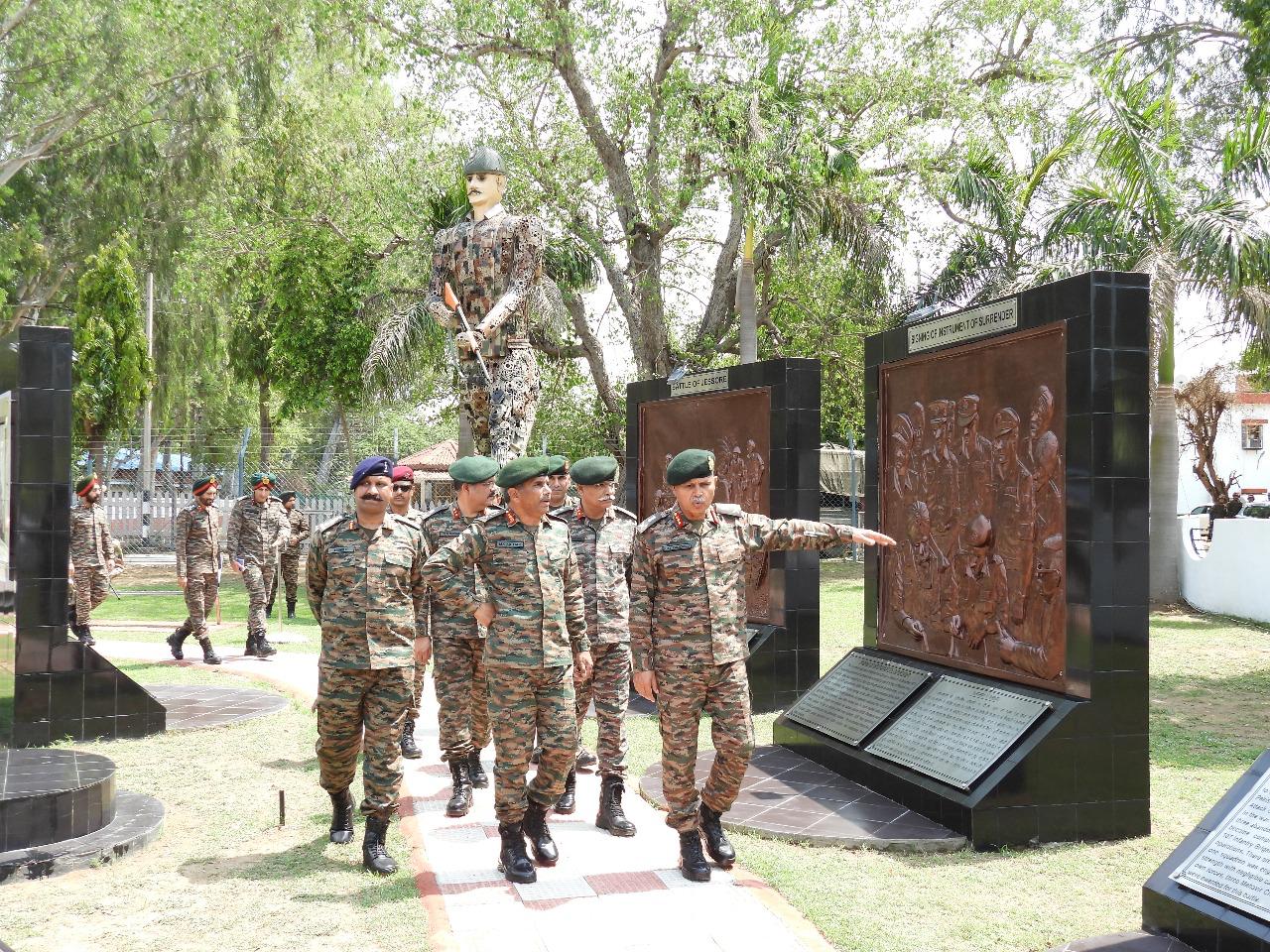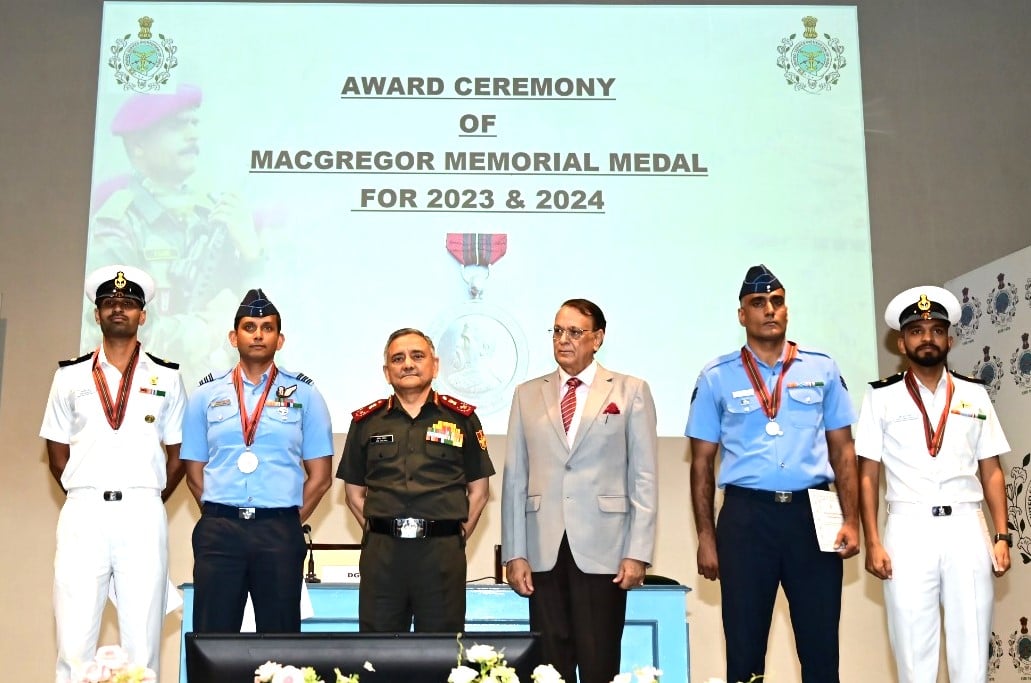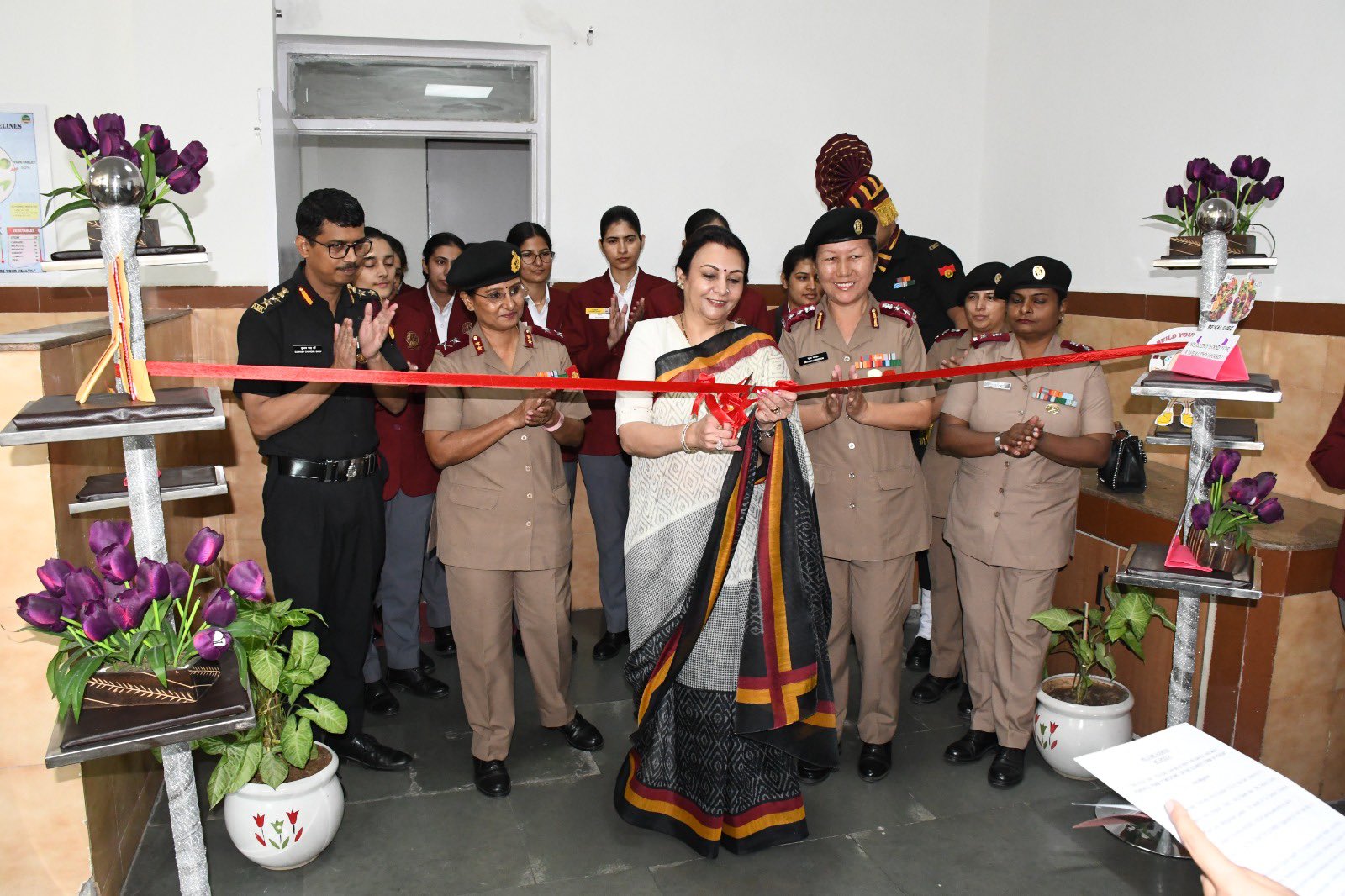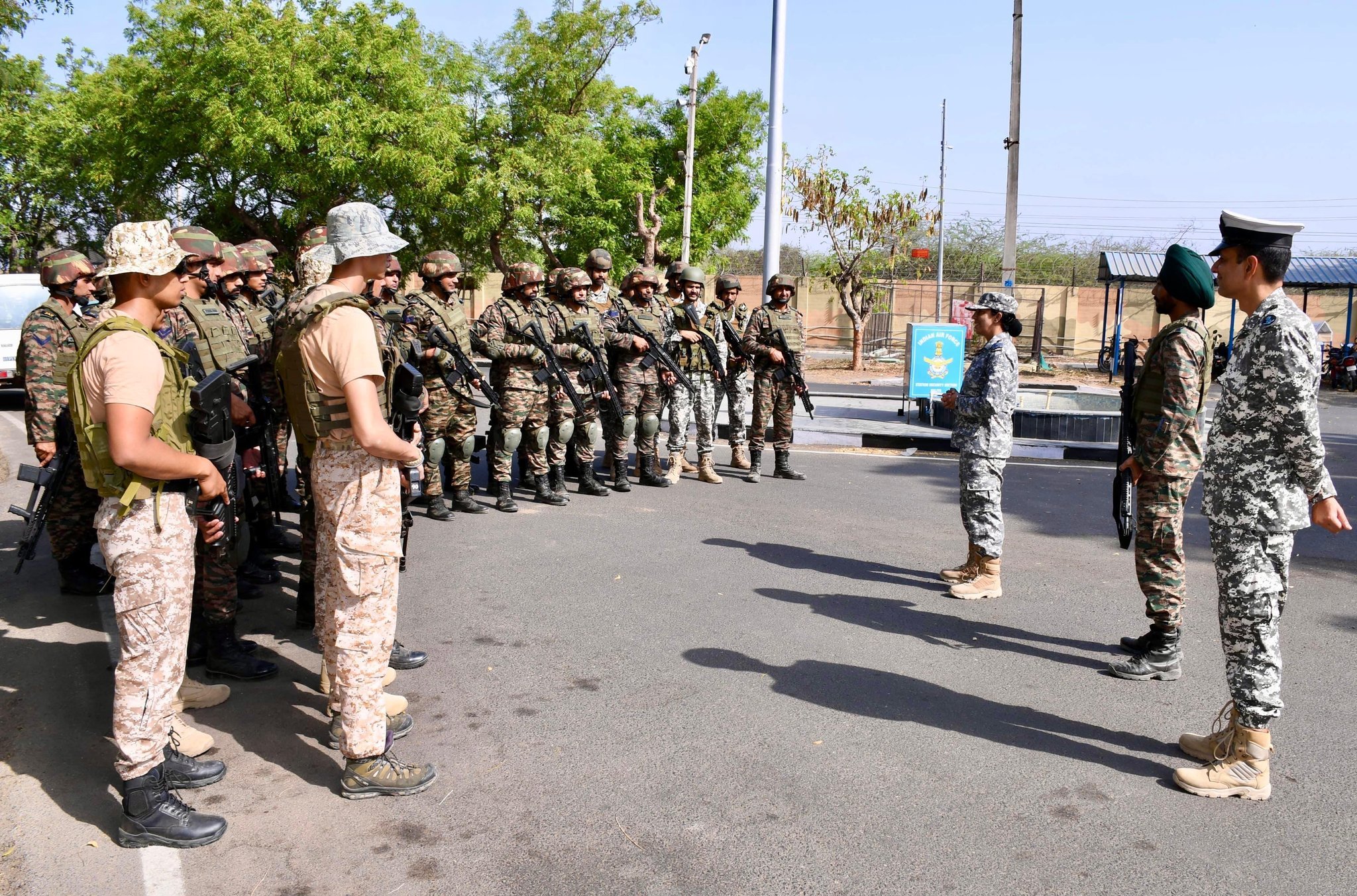India has been expanding its investment in the defence sector for a long time now. We channel this investment primarily towards research and development of missile systems, arms and ammunition, transportation, etc. Under the initiative of the Government and the guidance of visionaries like Dr APJ Abdul Kalam, Indian missile systems have gained a global reputation as a force to be reckoned with. India is among the only seven countries possessing Inter-Continental Ballistic Missile (ICBM) capability. That we are also one of the four countries with an Anti-Ballistic Missile (ABM) system is also a testament to the leaps that we made in this sector. We have missile systems belonging to all types, such as anti-ship, air-defense, ballistic, cruise, air-to-air, and anti-missile systems. Here are the deadliest of Indian missiles adding might to our armed forces.
Agni-V
India’s only Intercontinental Ballistic Missile (ICBM), Agni-V has a range of about 5,000 kilometres and its actual range can be increased to 8,000 kilometres. The deadly missile is solid-fueled and capable of carrying up to ten Multiple Independently Targetable Reentry Vehicles (MIRVs), although MIRV capability has not been tested completely. The missile is 17.5-20 m long, 2-2.2 m broad, and weighs 49,000-55,000 kg upon launch. After seven test launches, the last of which was on 10th December 2018, we inducted the missile into our arsenal, although the Indian army has been conducting user trials ever since.
Agni V is a three stage solid fueled missile and has a ring laser gyroscope based inertial navigation system. Ms Tessy Thomas, Defence Research and Development Organisation, was the project head of Agni-V.
BrahMos
DRDO and NPO Mashinostroyeniya (Russia) jointly developed this medium ranged ramjet supersonic cruise missile, through a joint corporation- BrahMos Aerospace. The name is a blend of our Brahmaputra and Russia’s Moskva river. It is the fastest cruise missile in the world, and can beis capable of being launched from submarines, ships, aircrafts, or land. BrahMos Aerospace was established on 12th february 1998 and the missile was first test fired on 12th June 2001.
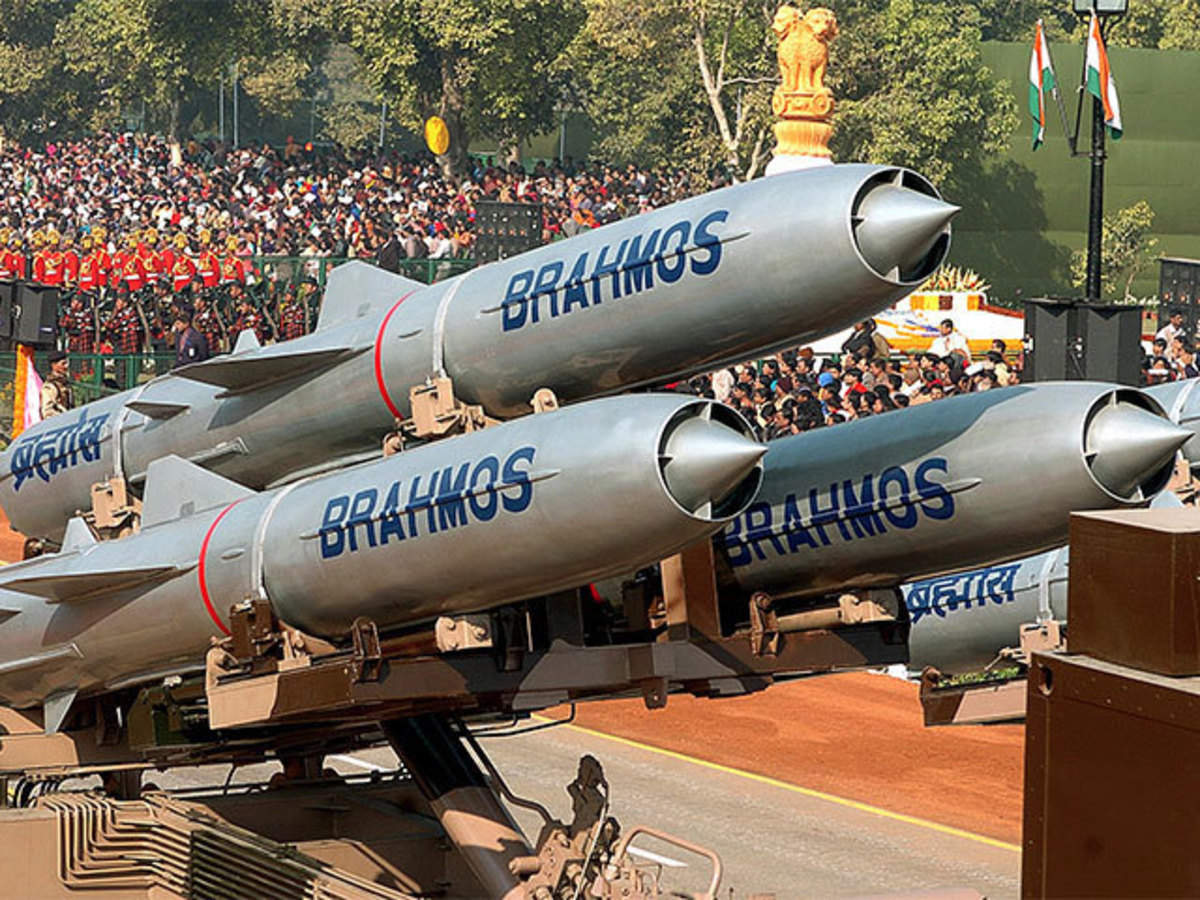
Several variants of the BrahMos missiles are now part of our stockpile. Block II surface to surface variant is the only supersonic cruise missile possessing advanced capability of selection of a particular land target amongst a group of targets. The latest test of an extended range supersonic BrahMos missile was conducted on 30th September 2020.
The BrahMos-A is a redesigned air-launched model of the missile with a range of 500 km that may be deployed as a standoff missile from a Sukhoi Su-30MKI. Many adjustments were made to decrease the missile’s weight to 2.55 tonnes, including utilising a smaller rocket, adding fins for aerial stability after launch, and repositioning the connection. It may be launched from a height of 500 to 14,000 metres (1,640 to 46,000 ft). BrahMos Aerospace intended to deploy the missile to the Indian Air Force in 2015, where it will equip at least three squadrons. A Su-30MKI can carry only one BrahMos missile.
Prithvi III
Prithvi III class is a two-stage SURFACE-to-SURFACE missile. The first stage is solid-fueled and has a thrust motor with a force of 16 metric tonnes (157 kN). The second stage is propelled by liquid. The missile can carry a 1,000 kg warhead to a range of 350 kilometres, a 500 kg warhead to a range of 600 kilometres, and a 250 kg warhead to a range of 750 kilometres.
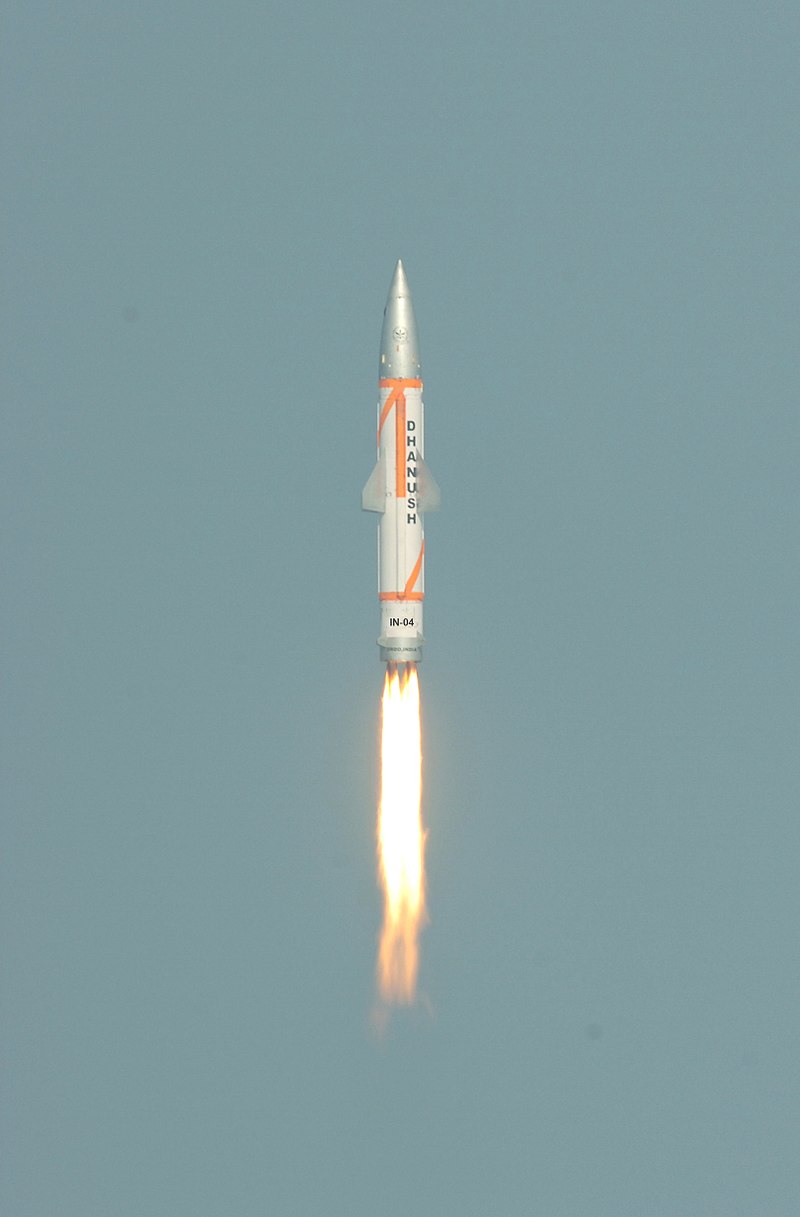
Prithvi III was first tested in 2000 from the Sukanya-class patrol vessel INS Subhadra. The missile was launched from the vessel’s newly strengthened helicopter deck. The 250 km (160 mi) variant’s maiden flight test was only partially successful. In 2004, the full operational testing was completed.
Agni-IV
Agni-IV is the 4th missile in the Agni family, which was previously known as Agni II prime. It was built by India’s DRDO and showed a variety of new technologies and major advancements in missile technology. The missile features two stages of solid propulsion and a payload with a re-entry heat shield. With a range of 3,500 to 4,000 kilometres, it can strike targets across virtually all of China if launched from the northeastern region of India.

With the Agni-IV, the DRDO developed and showed a number of new technologies, including composite rocket motors, a very high-accuracy Ring Laser Gyro based Inertial Navigation System, a Micro Navigation System, a Digital Controller System, and a very potent inbuilt computer system. Between Agni-II and Agni-III, Agni-IV fills the void. Agni IV can carry a 1 tonne warhead. It’s made to improve kill efficiency while also improving range performance. It has a 20-meter length and a launch weight of 17 tonnes. It may be launched from a mobile launcher on the road. Agni missiles are being fine-tuned in order to eliminate anti-ballistic missile systems.
Prithvi Air Defence (PAD) / Pradyumna Ballistic Missile Interceptor
The Prithvi Air Defence (PAD) is an anti-ballistic missile designed to engage incoming ballistic missiles outside the atmosphere. PAD is a two-stage missile based on the Prithvi missile with a peak interception altitude of 80 kilometres . The first stage uses a solid-fuelled motor, whereas the second uses a liquid-fuelled engine. It features manoeuvre thrusters that can create more than 5 gs of lateral acceleration at 50 km altitude. An internal navigation system provides guidance, including mid-course updates via LRTR and active radar homing in the final phase. PAD is capable of engaging ballistic missiles with a range of 3,000 km.
Sagarika
Sagarika is a 750-kilometer-range Indian submarine-launched ballistic missile (SLBM). It employs a gas rocket to expel off its launch platform and climb to the water’s surface. It has a range of approximately 750 kilometres and a maximum altitude of 5 kilometres.It was created at the missile facility of the Defence Research and Development Organisation (DRDO) in Hyderabad.
Prahaar
DRDO developed this tactical ballistic missile with the intention of replacing Prithvi -I. Prahaar is a battlefield support tactical weapon system that is designed to be cost-effective, quick-reacting, all-weather, all-terrain, and high – precision. The missile was developed in less than two years by experts at the DRDO. The short-range tactical warfare role, which the Indian Army need to take out strategic and tactical threats, is filled by the manoeuvring functionalities, higher acceleration, better precision, and faster mobilisation. Six missiles will be carried on the mobile launch platform, which may be deployed in both stand-alone and canisterized modes.
Agni III
This Intermediate-Range Ballistic Missile has been operational since 2011 and has a range of 3000-3500 km. It is a two-stage ballistic missile capable of delivering nuclear warheads. The first test for Agni III was conducted 9th July 2006, but the test was unsuccessful. The first successful test was on 12th April 2007.
The missile has complex navigation, guidance, and control systems, as well as modern on-board computer systems. The electronic systems are built to tolerate higher levels of vibration, heat, and noise. On February 7, 2010, a high-performance, indigenous ring laser gyro-based inertial navigation system launched for the first time.
Nirbhay
Nirbhay is the country’s first indigenously manufactured cruise missile. The missile may be fired from a variety of platforms and can deliver both nuclear and conventional warheads. It is presently being used in limited numbers at the Line of Actual Control (LAC) amid the standoff with China.It has a range of roughly 1000 kilometres and can deliver 24 different kinds of warheads weighing between 200 and 300 kg, depending on mission needs.
Agni II
This advanced version of Agni I became operational on 17 May 2010. It is a strategic ballistic missile, and was designed to deliver nuclear warheads. The missile has a two-stage solid fuel propulsion system with a range of 2,000 – 3,500 km.
The Agni-II is 20 metres long, 1 metre in diameter, and weighs 17,000 kg at launch. It can transport a payload of up to 1,000 kg over a distance of 2,000 kilometres, most likely a nuclear weapon with a yield of 150 to 200 kilotons. The two-stage, solid-fueled missile is guided by an inertial/GPS navigation system and is said to be accurate to 40 m circular error probable (CEP). The missile is outfitted with a finned manoeuvrable reentry vehicle that may be equipped with a terminal guidance system.









